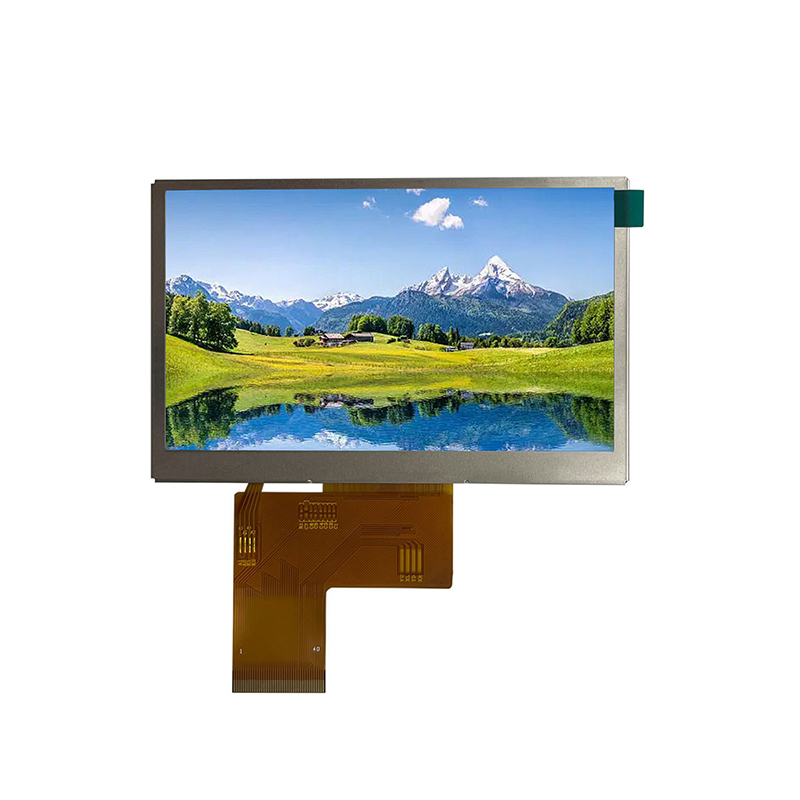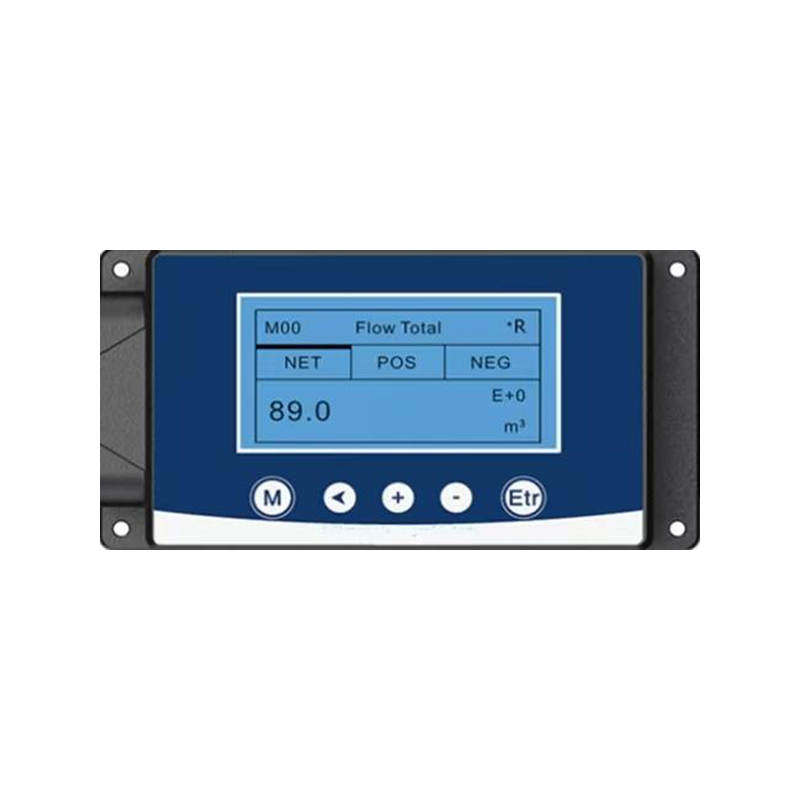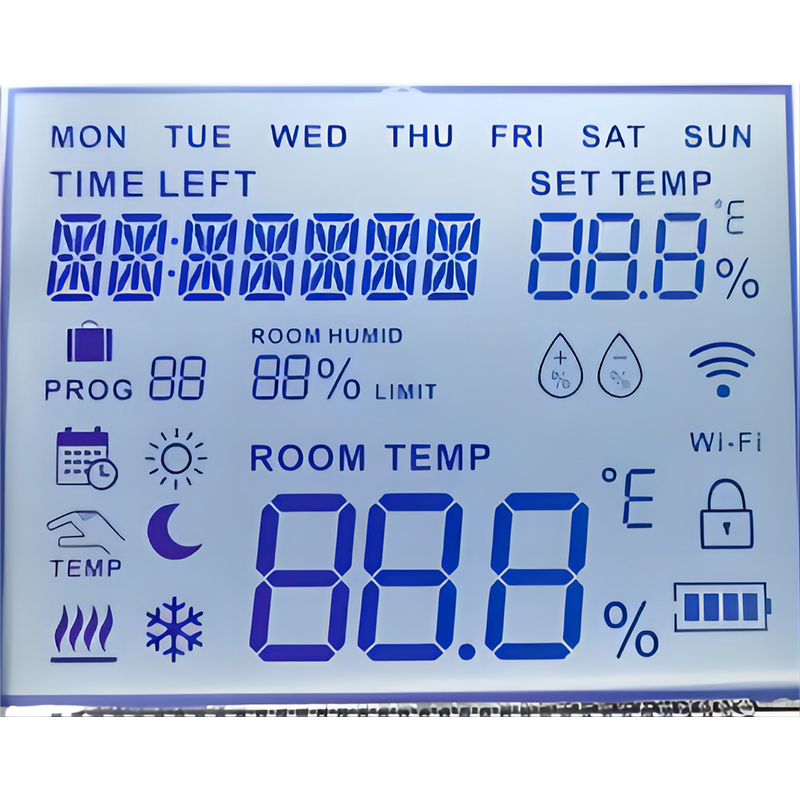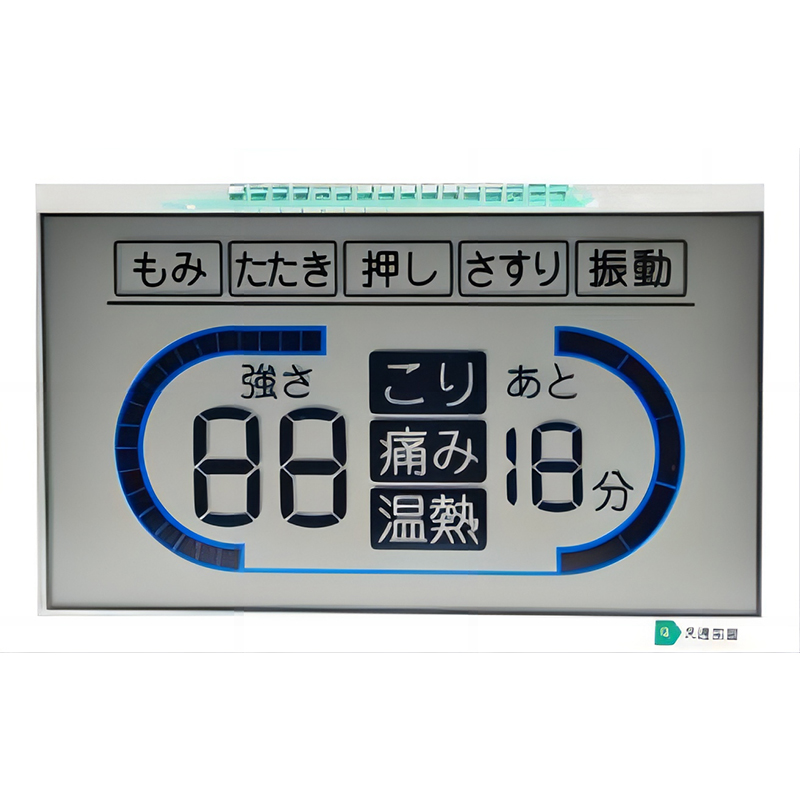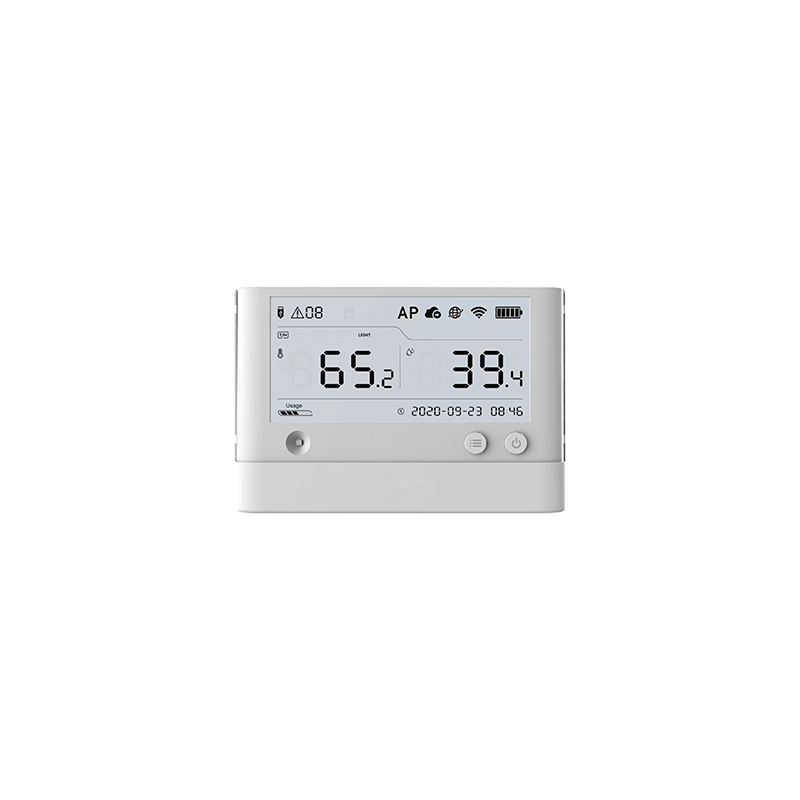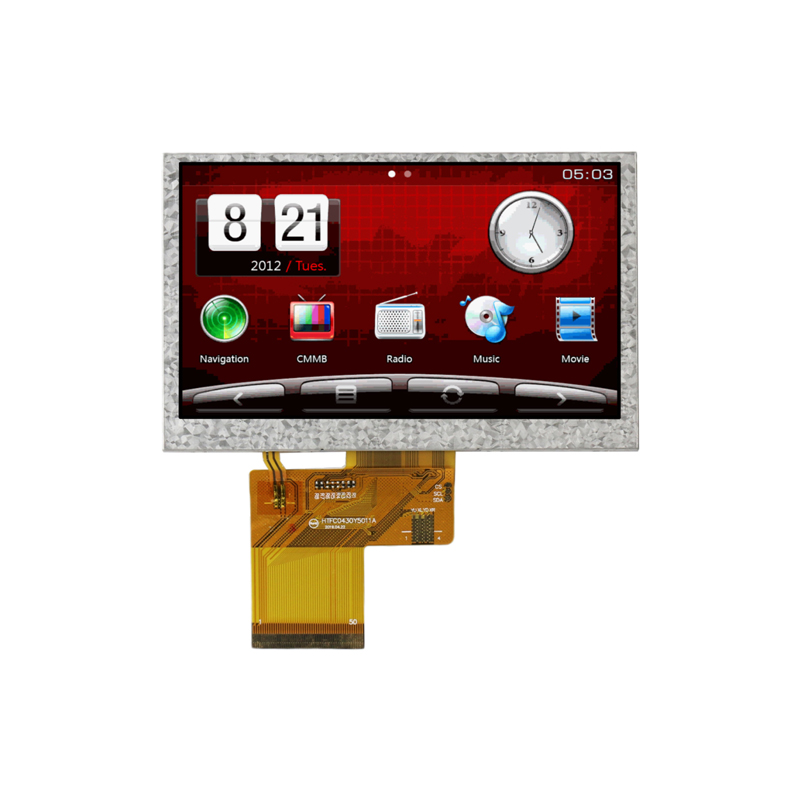
This comprehensive guide explores the intricacies of blue OLED technology, encompassing its underlying principles, current advancements, applications, and future prospects. We delve into the challenges associated with achieving high-efficiency blue OLEDs and examine various approaches being undertaken by leading researchers and manufacturers to overcome these limitations. Learn about the key differences between blue OLEDs and other display technologies, and discover why blue OLED is pivotal to the future of displays.
Unlike red and green OLEDs, achieving efficient and stable blue emission has proven to be a significant hurdle in the development of high-performance displays. The shorter wavelength of blue light requires materials with a higher energy gap, leading to reduced efficiency and a shorter lifespan. This challenge is central to the ongoing research and development efforts focused on improving blue OLED technology.
The quest for superior blue OLED technology heavily relies on advancements in material science. Researchers are constantly exploring new materials and optimizing existing ones to enhance efficiency, color purity, and operational lifetime. The development of novel phosphorescent and fluorescent materials holds the key to overcoming the limitations of current blue OLED technology. This includes exploring different host materials, dopants, and device architectures to achieve optimal performance.
Recent breakthroughs in hyperfluorescence technology have shown promising results in improving the efficiency of blue OLEDs. By utilizing this technique, manufacturers aim to achieve higher brightness and longer operational lifetimes, ultimately reducing energy consumption and extending the lifespan of blue OLED-based displays.
The pursuit of highly efficient blue OLEDs extends beyond improvements in single-layer devices. Tandem OLED structures, which combine multiple emissive layers, have emerged as a particularly promising approach to significantly enhance overall efficiency. These structures also help alleviate the challenges associated with color degradation and lifespan issues.
Blue OLED technology plays a crucial role in the production of high-resolution, vibrant displays found in modern smartphones and tablets. Its ability to deliver accurate and rich colors with exceptional contrast makes it an ideal choice for consumer electronics manufacturers seeking to deliver an optimal visual experience.
The demand for superior picture quality in televisions has driven the adoption of blue OLED technology in high-end displays. The potential for ultra-high definition (UHD) and exceptional color reproduction is attracting leading television manufacturers to integrate blue OLEDs into their flagship product lines.
Beyond consumer electronics, blue OLED technology is also expanding its reach into emerging applications, including wearable devices and automotive displays. Its low power consumption and excellent flexibility make it a compelling option for these markets.
Ongoing research and development efforts continue to push the boundaries of blue OLED technology. The focus remains on improving efficiency, lifespan, and cost-effectiveness. Continued advancements in material science and device engineering are expected to bring about even more impressive displays in the coming years. The future of blue OLED technology looks bright, promising advancements in various applications and industries.
| Feature | Blue OLED | LCD | QLED |
|---|---|---|---|
| Power Consumption | Low | Higher | Moderate |
| Contrast Ratio | Infinite | Limited | High |
| Color Accuracy | Excellent | Good | Very Good |
| Viewing Angle | Wide | Narrower | Wide |
For more information on advanced display solutions, visit Dalian Eastern Display Co., Ltd. a leading manufacturer in the display industry.
1Data compiled from various industry publications and manufacturer specifications.






